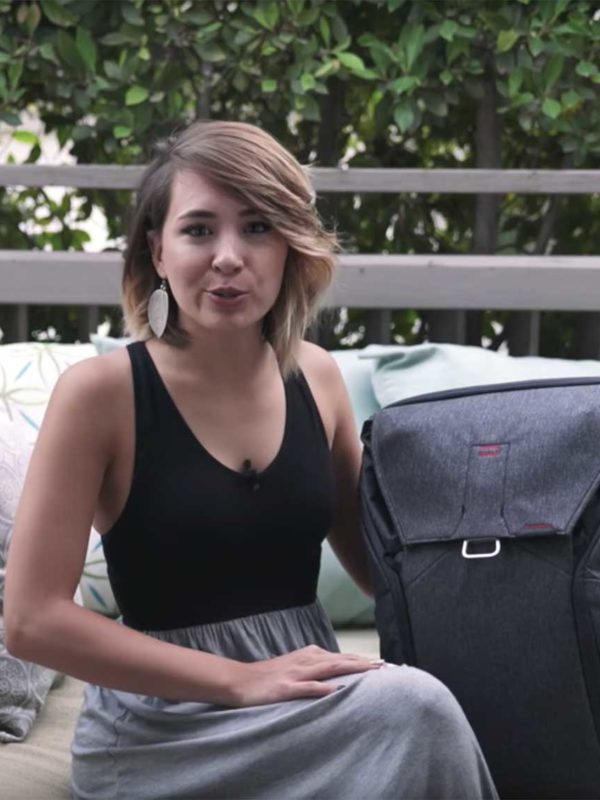After reading all the reviews about the Peak Design Everyday Backpack 20L, I thought maybe I’d found the perfect camera bag. As is the case with most stuff camera and photography related gear, reviews are really dependent on what kind of gear you have and what’s important to you. When I first picked up the Peak Design Everyday Backpack my first thought was holly shit, this thing is heavy.
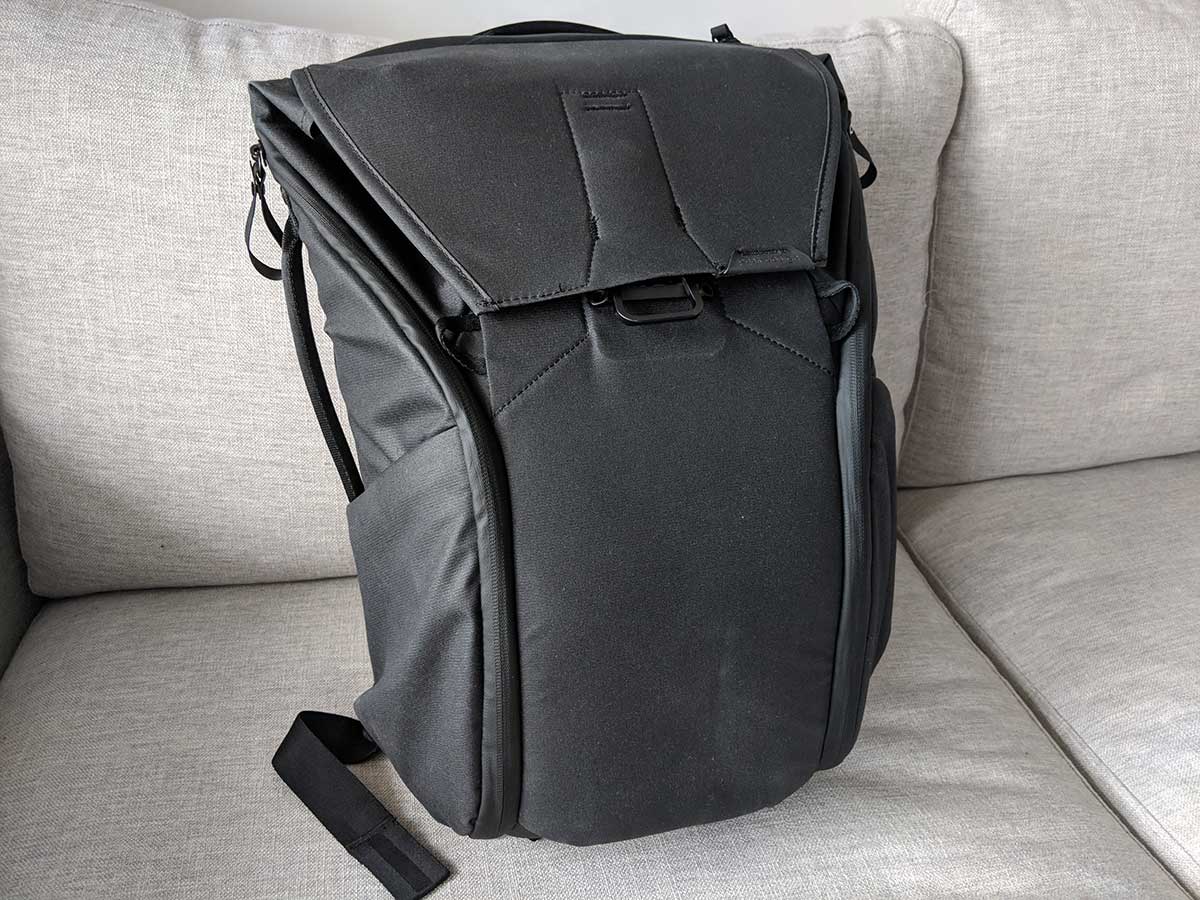
Still, foolishly I bought it because I thought the functionality would outweigh the weight, but for me, it didn’t. I took it on a trip to Istanbul and a trip to Japan and both times regretted it and didn’t find it that functional and very heavy. When I’ve got all my gear in it for travel, which is a Fuji X-Pro 2 body, 16mm, 55-200mm, Leica MP, 35 summicron and Zeiss ZM 50mm, none of which are particularly big or heavy, the bag plus gear weighs a ton. I guess if you’re used to carrying around a massive DSLR with a bunch of big lenses, you’d be used to it, but when I’m traveling, the last thing I want is to be lugging around pounds and pounds of gear.
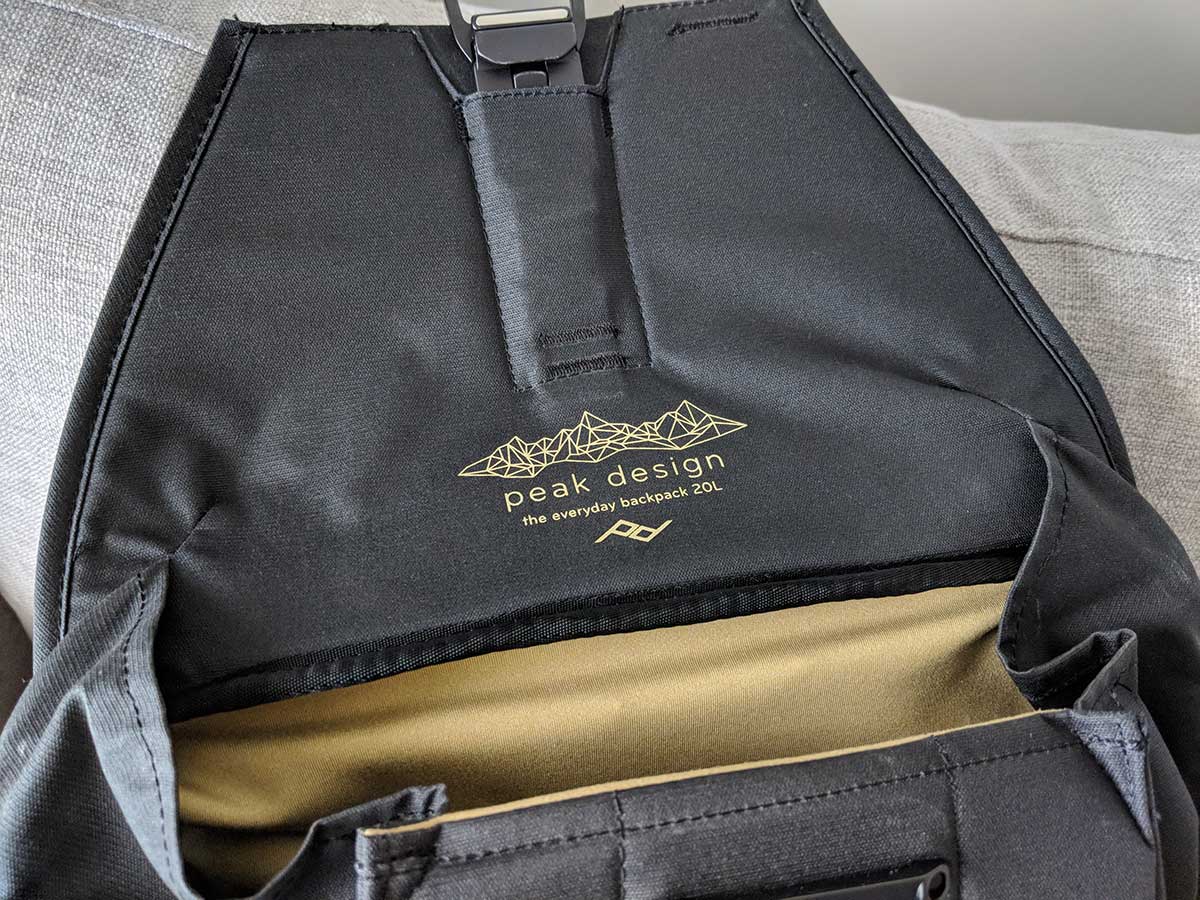
And herein lies the fallacy of equipment reviews. Each piece of equipment and gear you use and really depends so much on a variety of things that matter to YOU most. I don’t like carrying anything more than either an X-Pro 2 Body with 55-200mm (and that’s the most I’d have around my neck when traveling), or a Leica MP and 35mm, which are small, but the body is actually not light.
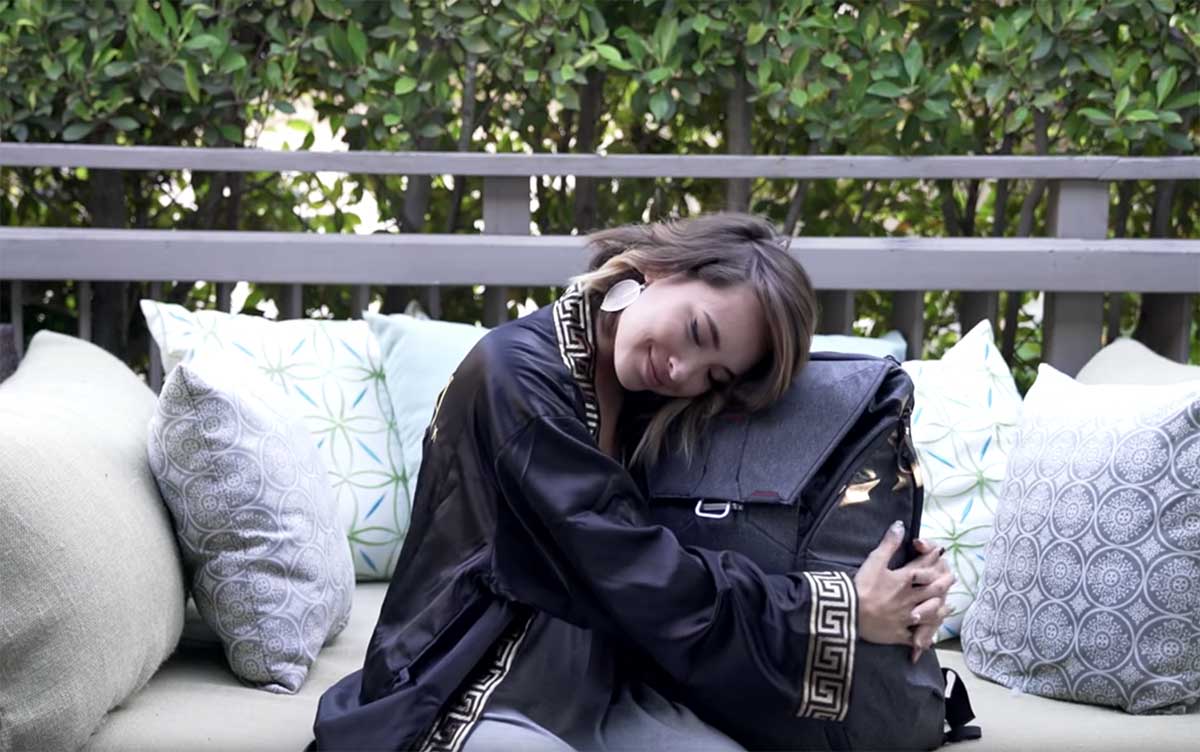
KItty From Atola Visuals Loves Her Peak Design Everyday Backpack 20L
Usually I take a feather light Deuter 20L Back Pack, and a small (3 compartment) Artist & Artisan Shoulder Bag. When I get to the destination, I have a removable, cheap China insert in the back pack, and I take 1 camera, or at most, 2 cameras and 2 lenses. I’ve got enough to worry about and having something heavy is just going to add to my stress and make the day less enjoyable . Unless I have something I absolutely know is going to require multiple lenses or a particular setup, I will carry as little gear as possible.
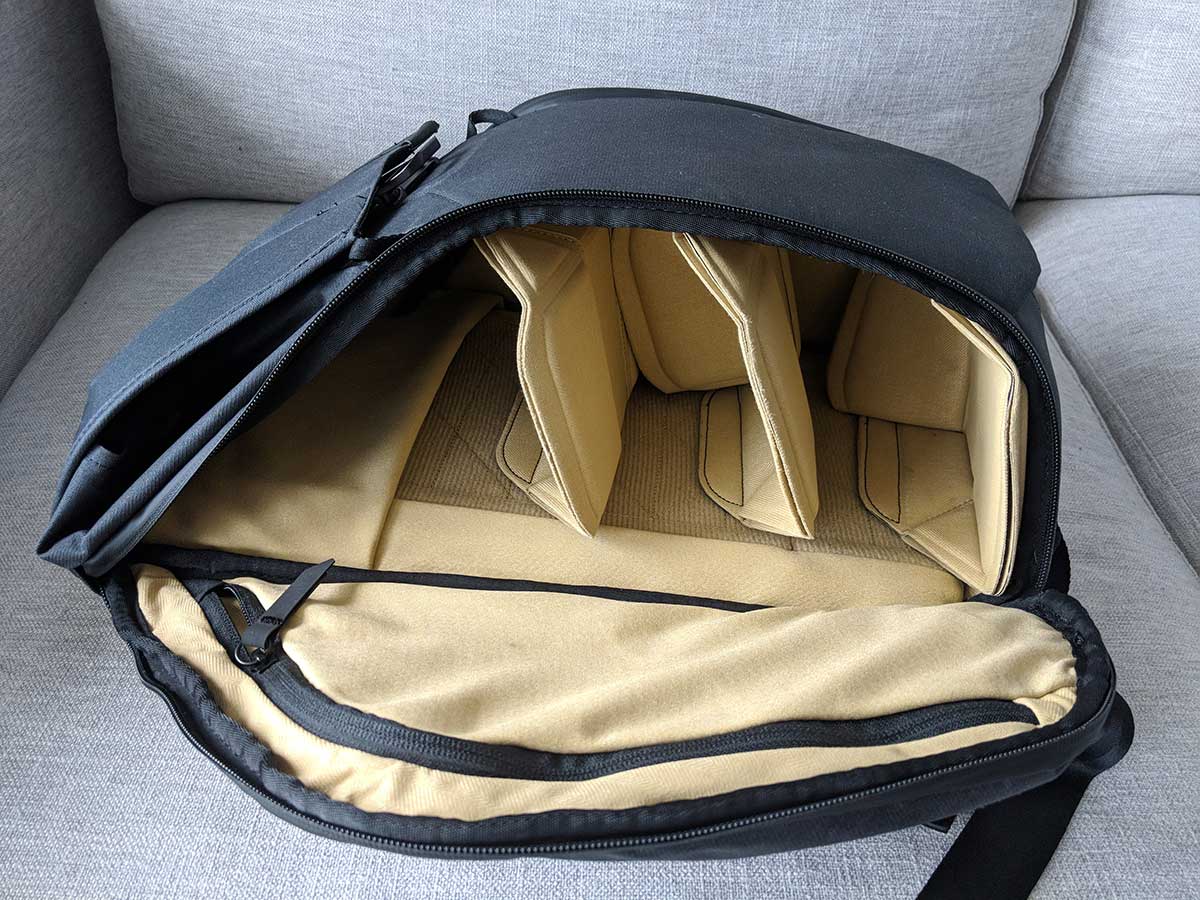
Anyway, back to the Peak Design Everyday Backpack. It’s an ok looking bag. A lot of people say it’s stylish, but lets be honest there’s not really any back packs that are that stylish. It’s good looking, I’ll give it that, the material is nice (nice and heavy). It looked and felt as though it’s last a long time and hold up under all but a torrential downpour. The top latch bit is awesome, very easy to get in and out of, but that bit only gives you access to the top bit, which is mostly used for non-photography things like clothes, food and other shit.
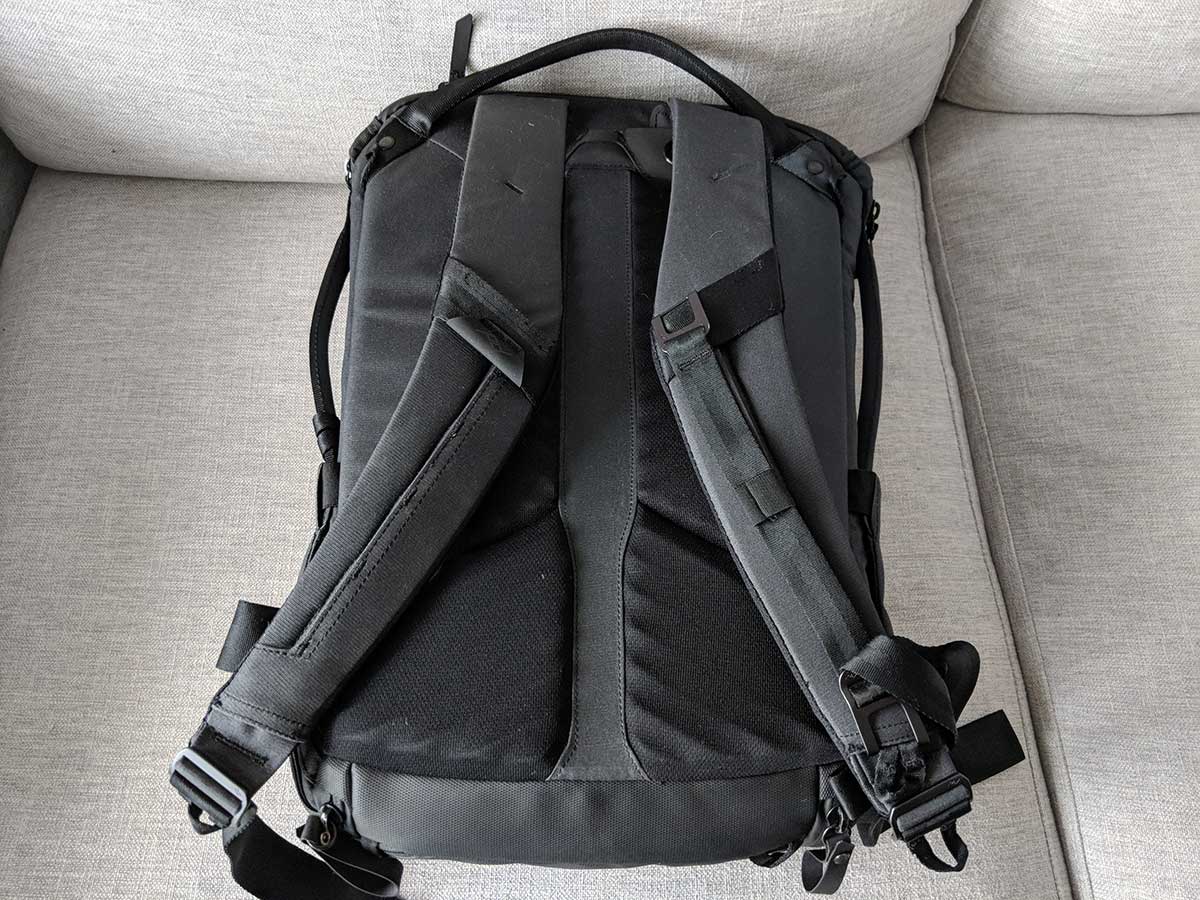
You can fit a 13″ MacBook or Chromebook or 13″ inch whatever in one of the back pockets. Anything more and you’re pushing shit uphill. But where the Peak Design Everyday Backpack all breaks down for me is the part that everybody seems to be raving about, and that’s one of the most important parts of any camera backpack, the actual dividers and compartments. They’ve developed this kind of folding origami system, which I admit could be rather useful if you have larger lenses than I do. But with a mirrorless and/or small lenses, like some of mine are, they wobble around.
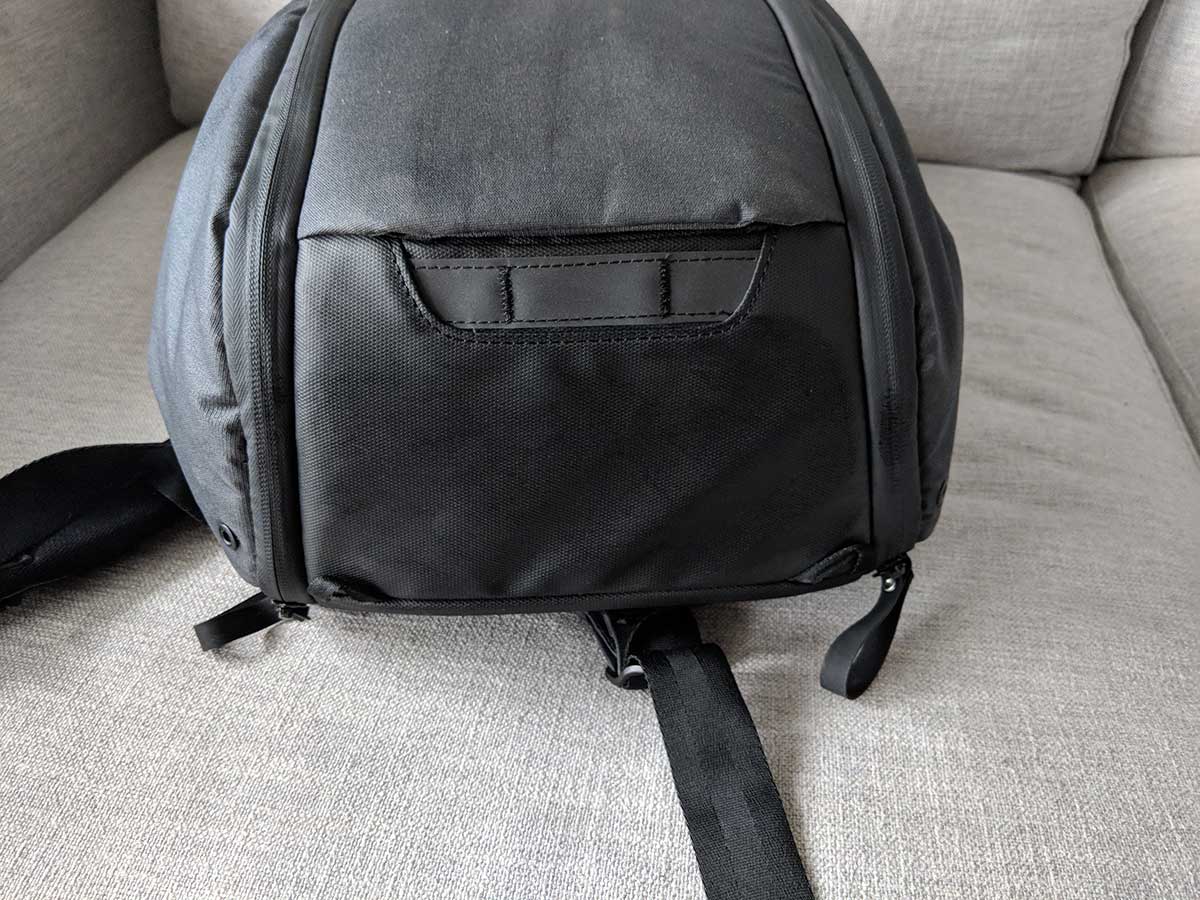
Actually that’s not quite true. I only have 3 digital lenses, the Fujinon 16mm, 56mm and 55-200mm. They’re ok, but the 56mm and 16mm do still wobble a bit, If you have the new Fujicrons (the 23, 35 and 50mm F2) then they’re going to wobble around like crazy. It’s no big deal, but I like lenses and bodies to fit snuggly. If you do have big lenses, they fit better, but as mentioned, will make the back heavy.
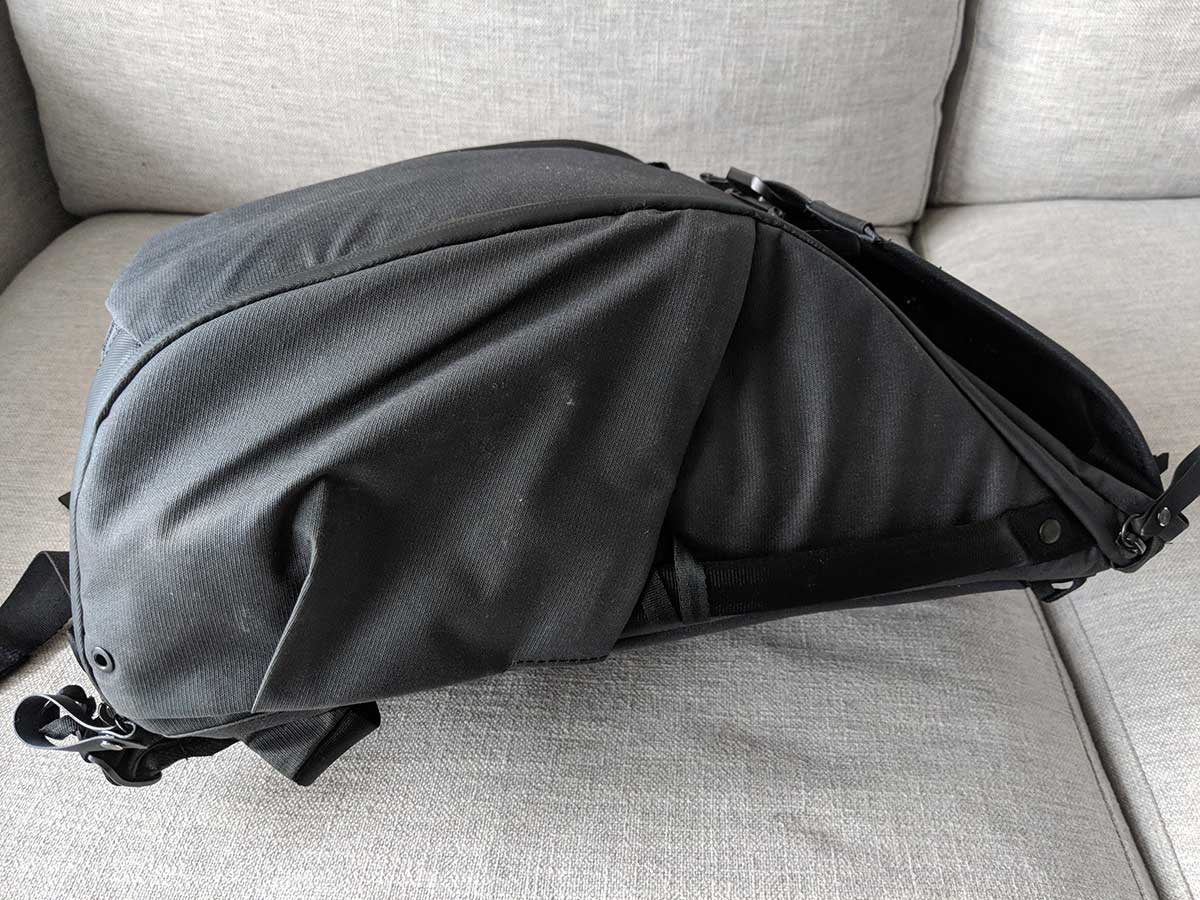
There’s loads of little storage compartments for batteries, SD Cards, and other camera accessories in the Peak Design Everyday Backpack, but I didn’t find them particularly easy to access not that functional. I can see they might be, but personally I didn’t like them, or the bag as a whole. Had the Peak Design Everyday Backpack been half the weight, I’d probably have kept it, but again with so much weight I just couldn’t get used to it and ended up buying a much lighter Timbukt2 pack that had better compartments for my accessories, weighed about half as much, and I just stuck my trusty cheap china insert in there for some protection.
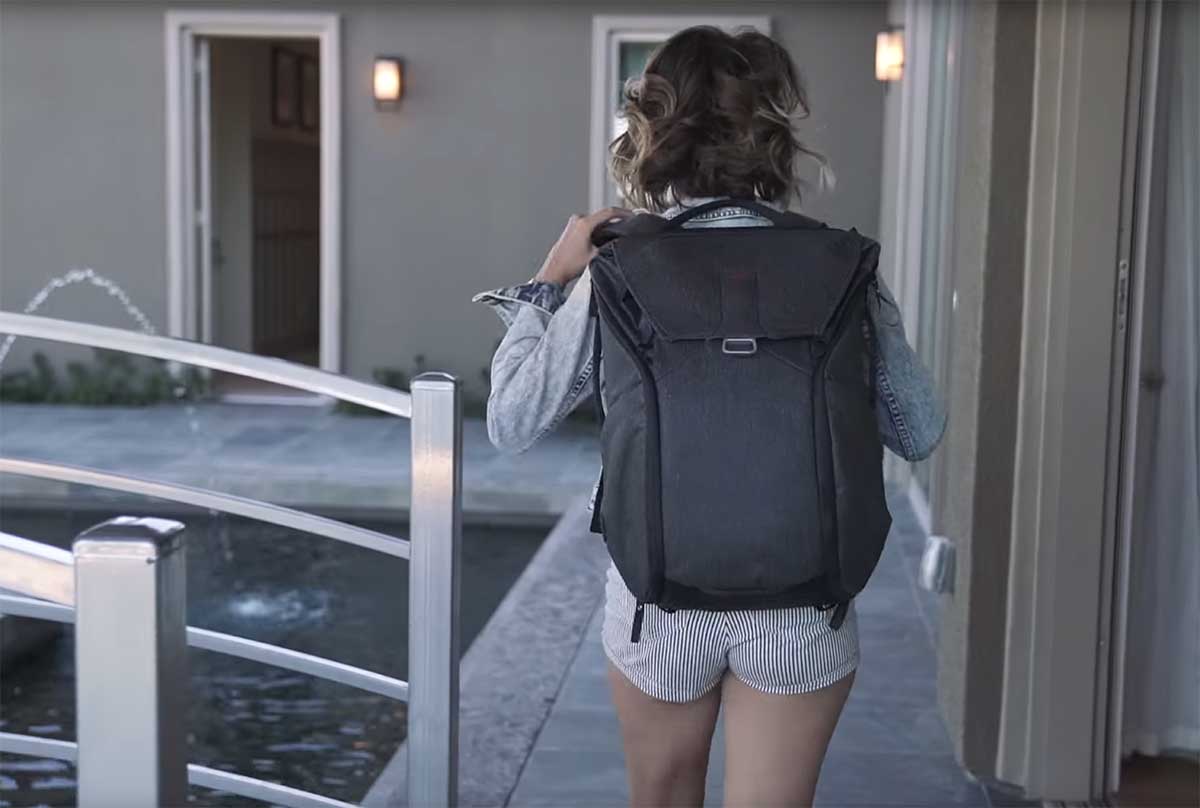
I don’t think I’m ever going to buy a proper camera back pack again, all of them I’m tried (and there’s been a lot) are either, heavy, ugly, not that functional for my use, or a combination of the aforementioned. The best solution in my opinion or for me, is to get the lightest general use back pack, buy a cheap China insert (if you don’t live in Hong Kong you can get them on Ebay or contact me and I’ll get you one), and stick that in. For a professional photographer who needs multiple lenses, perhaps multiple bodies, the Peak Design Everyday Backpack is probably ok, you’re not going to be able to avoid going light. But for the amateur/hobbyist photographer who travels a lot and likes to travel light, this is not the solution.
Kitty from Atola Visuals loves her Peak Design Everyday Backpack, check out the review below.
There’s also a bunch of pretty much unanimously positive reviews about the Peak Design Everyday Backpack on YouTube as well as an excellent “how to” from Peak Design showing all the different ways to set it up and the functionality of the bag.
For more information about the Peak Design Everyday Backpack contact us via our Contact page or ask us anything on Twitter.

